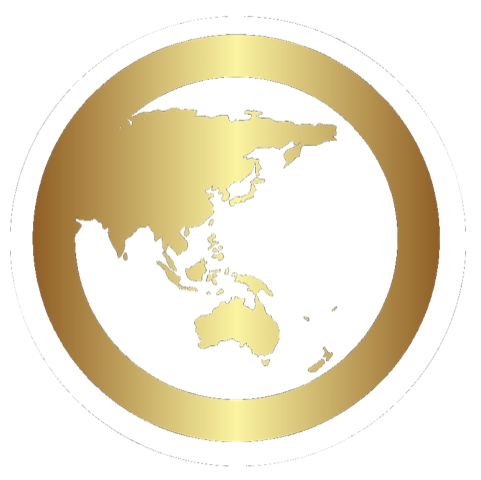As technology has continued to advance, it’s brought with it a host of legal issues that old legislation could not have foreseen coming when certain intellectual property rules were set in place. Previously, defining copyright was simple: the creator of the artistic work owned it automatically. However, with recent technological developments, we’ve now reached a point where robots have the capabilities of creating artistic works, which leads to the question: who owns the artistic work? Is it the person operating the robot, the person who created the robot, or the robot itself?
Copyright Frameworks
Copyright regulatory frameworks that delve into this space differ from jurisdiction to jurisdiction. The US and Germany share the same viewpoint, with previous rulings upholding a belief that only artistic works created by humans can be protected by copyright. However, the Copyright Act in the UK has taken a different approach, granting copyright of a computer-generated artistic work to ‘the person by whom the arrangements necessary for the creation of the work are undertaken’.
In Australia, section 35(C) of the Copyright Act 1968 (‘the Act’) defines the author of the artistic work as the owner of the copyright. Although ‘author’ is not defined within the Act, the judgement in Acohs Pty Ltd v Ucorp Pty Ltd (2012) FCAFC 16 ruled that artistic works which are partially generated by computing programs are not protected under copyright law.
Australia’s Copyright Law
This current stance from those tasked with protecting Australian copyright decisions may face fresh challenges and issues as technology continues to advance, with a key example of this grey area arising in the form of the newly released ‘Google Clip’ camera. Google Clip uses AI and machine learning to detect moments, automatically taking photos upon detection. Under the current interpretation of the Australian Copyright Act 1968 and Acohs, if Google Clip cameras were in use in Australia, the copyright of the photos taken by Google Clip wouldnn’t belong to the owner of the Google Clip, to the robot, or to the creator of Google Clip themselves – as current laws stand, nobody would own the copyright.
There’s no question about the direction technology is heading, and Australia’s current approach to copyright ownership when artistic work is created by a robot or by an AI system will no doubt reach a boiling point when a key case will force the issue into the public’s – and court’s – consideration. As we move towards a society that’s more integrated with highly intelligent AIs, robot-generated artwork will become more and more common. Sooner or later, a new approach will need to be considered, in order to grant copyright protection to artistic works created by AI and machine learning.
Please note this article is not intended to provide any form of legal advice. The material of this article is of a general nature only and is based on Australian law as of the date of publication. If you require assistance with matters relating to copyright ownership, protection or intellectual property management, please contact us at ONE IP INTERNATIONAL so we can assist you.

